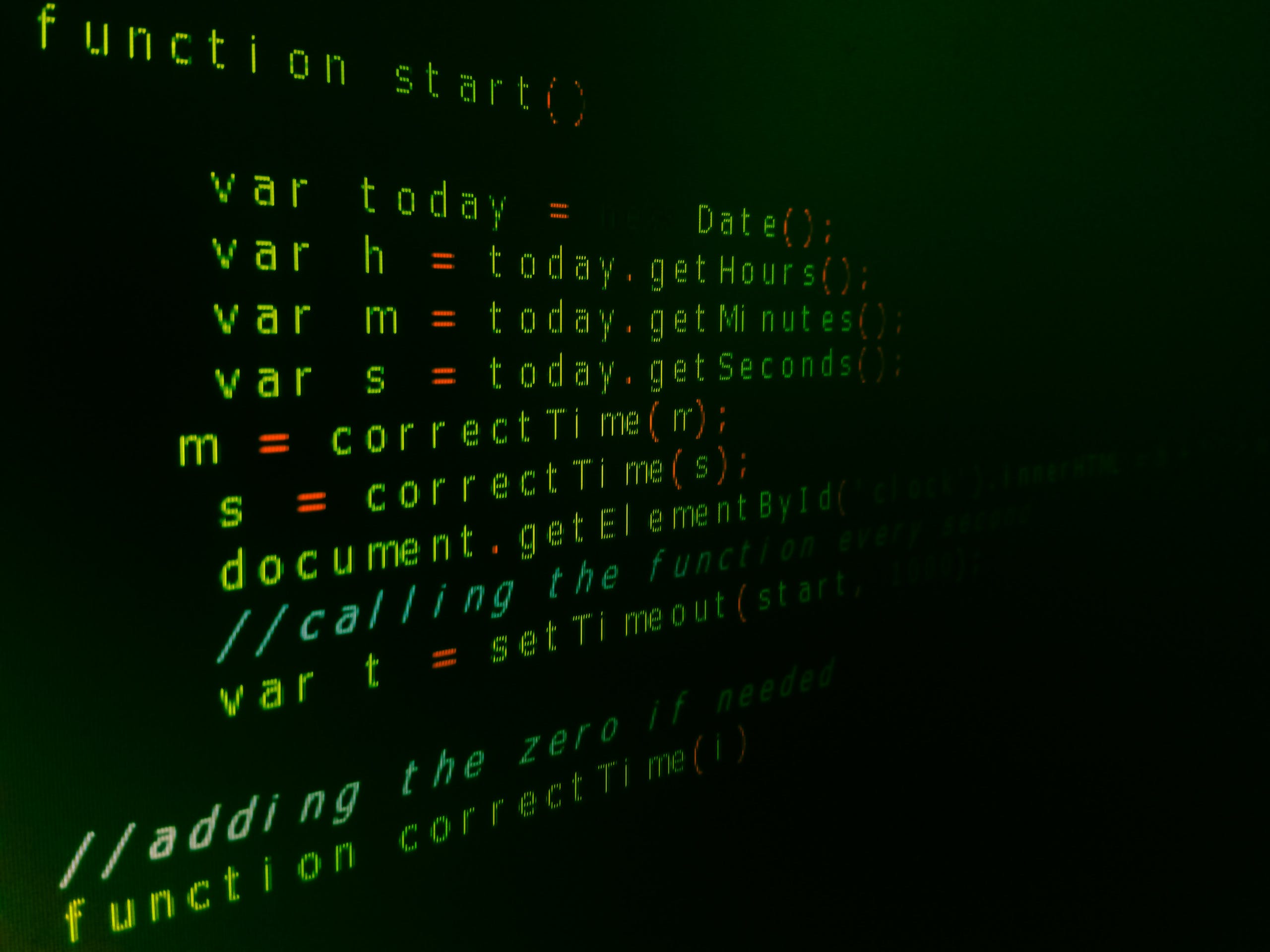Mastering Chat GPT: A Comprehensive Guide to Using Chat GPT Effectively

Introduction to Chat GPT: What it is and how it works? Is it NLP based?
Chat GPT(short for “Chat Graph-Based Transfer”) is a natural language processing (NLP) tool that uses machine learning to understand and respond to customer inquiries in a chat or messaging environment. It is designed to provide fast, accurate, and personalized responses to customer questions, requests, and comments, freeing up human agents to handle more complex or urgent issues.
- Chat GPT is a type of chatbot, but it is more advanced and sophisticated than many traditional chatbots. It uses a combination of rule-based and machine learning-based approaches to understand and respond to customer inquiries.
- Chat GPT is trained on a large dataset of real customer conversations, which allows it to understand the language and context of customer inquiries. It can then use this understanding to generate appropriate responses or redirect the conversation to a human agent if necessary.
- Chat GPT can be integrated into a variety of chat or messaging platforms, such as websites, mobile apps, or social media channels. It can be used to handle customer inquiries in real-time or to respond to inquiries that are submitted outside of normal business hours.
- Chat GPT can be customized to fit the needs and brand voice of a specific business or organization. This can include customizing the types of inquiries it is able to handle and the responses it provides, as well as integrating it with other systems and tools used by the business.
Setting up Chat GPT for your business or organization
- Identify the specific needs and goals of your business or organization with regards to Chat GPT. This might include the types of inquiries you want Chat GPT to be able to handle, the channels you want to use it on, and the level of customization you need.
- Choose a Chat GPT provider or platform. There are many options available, so you’ll want to do some research and compare features, pricing, and customer reviews to find the best fit for your needs.
- Set up your Chat GPT account and configure the tool to meet your specific needs. This might include customizing the responses Chat GPT provides, integrating it with other systems and tools used by your business, and setting up any necessary permissions or access controls.
- Test Chat GPT to ensure it is working correctly and providing the desired level of customer service. This might involve having a small group of employees or customers try out the tool and provide feedback, or setting up automated testing scenarios to ensure Chat GPT is handling inquiries correctly.
- Deploy Chat GPT to your customers or users. This might involve adding it to your website or mobile app, integrating it with your social media channels, or rolling it out to a larger group of employees.
- Monitor and analyze the performance of Chat GPT to ensure it is meeting your business needs and goals. This might involve tracking metrics such as customer satisfaction, response times, and the number of inquiries handled by Chat GPT versus human agents.
Tips for optimizing Chat GPT for customer service and support
There are many ways to optimize Chat GPT for customer service and support. Here are a few tips :
- Train Chat GPT on a diverse and representative dataset of customer inquiries. The more diverse the dataset, the better Chat GPT will be able to understand and respond to a wide range of customer inquiries. You can use a combination of historical customer inquiries and simulated inquiries to provide a broad range of training data.
- Use a conversational design approach when setting up Chat GPT. This means designing the tool to have a natural, human-like conversation with customers, rather than providing rigid, formulaic responses. This can help Chat GPT better understand and respond to customer needs and preferences.
- Regularly review and update Chat GPT’s responses and redirect rules. As customer inquiries evolve and change over time, it’s important to ensure that Chat GPT is providing accurate and relevant responses. You can use customer feedback and data on the performance of Chat GPT to identify areas where its responses may need to be updated or improved.
- Integrate Chat PT with other systems and tools used by your business or organization. This can help Chat GPT provide more accurate and personalized responses, as well as streamline the customer support process by allowing Chat GPT to access and update customer information in real-time.
- Use Chat GPT to handle common or frequently asked questions, while reserving more complex or urgent inquiries for human agents. This can help free up human agents to focus on more valuable tasks and ensure that customers are receiving timely and accurate responses to their inquiries.
- Monitor and analyze the performance of Chat GPT to identify areas for improvement. This can involve tracking metrics such as customer satisfaction, response times, and the number of inquiries handled by Chat GPT versus human agents. You can then use this data to identify areas where Chat GPT may need to be optimized or where human intervention may be necessary.
Advanced Chat GPT features and how to use them effectively
There are many advanced features that are available in Chat GPT that can help businesses and organizations use the tool more effectively. Here are a few examples:
- Contextual understanding: Chat GPT can use machine learning algorithms to understand the context of a customer inquiry and provide more accurate and relevant responses. For example, if a customer asks about the status of their order, Chat GPT can use information about their previous orders and interactions to provide a more personalized response.
- Personalization: Chat GPT can be customized to address customers by name, use personalized greetings, and provide recommendations or offers based on their individual preferences and history. This can help improve customer satisfaction and engagement.
- Language and translation: Chat GPT can be trained to understand and respond to customer inquiries in multiple languages, and it can also translate customer inquiries and responses into different languages in real-time. This can be particularly useful for businesses or organizations that serve customers in multiple countries or regions.
- Sentiment analysis: Chat GPT can use machine learning algorithms to understand the sentiment behind customer inquiries and responses, which can help businesses and organizations understand how customers are feeling and identify potential issues or concerns.
- Integration with other systems and tools: Chat GPT can be integrated with a wide range of systems and tools, such as customer relationship management (CRM) systems, e-commerce platforms, and social media channels. This can help Chat GPT provide more accurate and personalized responses and streamline the customer support process.
To use these advanced features effectively, it’s important to carefully plan and configure Chat GPT to meet the specific needs and goals of your business or organization. You’ll also want to regularly review and update Chat GPT’s responses and redirect rules to ensure that it is providing accurate and relevant responses to customer inquiries.
Best practices for integrating Chat GPT into your workflow
Here are a few best practices for integrating Chat GPT into your workflow:
- Clearly define the roles and responsibilities of Chat GPT and human agents. This can help ensure that Chat GPT is handling appropriate inquiries and that human agents are able to focus on more complex or urgent issues.
- Use Chat GPT to handle common or frequently asked questions, while reserving more complex or urgent inquiries for human agents. This can help free up human agents to focus on more valuable tasks and ensure that customers are receiving timely and accurate responses to their inquiries.
- Integrate Chat GPT with other systems and tools used by your business or organization. This can help Chat GPT provide more accurate and personalized responses and streamline the customer support process by allowing Chat GPT to access and update customer information in real-time.
- Monitor and analyze the performance of Chat GPT to identify areas for improvement. This can involve tracking metrics such as customer satisfaction, response times, and the number of inquiries handled by Chat GPT versus human agents. You can then use this data to identify areas where Chat GPT may need to be optimized or where human intervention may be necessary.
- Regularly review and update Chat GPT’s responses and redirect rules. As customer inquiries evolve and change over time, it’s important to ensure that Chat GPT is providing accurate and relevant responses. You can use customer feedback and data on the performance of Chat GPT to identify areas where its responses may need to be updated or improved.
- Train Chat GPT on a diverse and representative dataset of customer inquiries. The more diverse the dataset, the better Chat GPT will be able to understand and respond to a wide range of customer inquiries. You can use a combination of historical customer inquiries and simulated inquiries to provide a broad range of training data.
Common Chat GPT pitfalls to avoid
Here are a few common pitfalls to avoid when using Chat GPT:
- Underestimating the importance of training data: Chat GPT relies on a large dataset of customer inquiries to understand and respond to customer inquiries accurately. If the training data is not diverse or representative of the types of inquiries Chat GPT will encounter in the real world, it may struggle to understand and respond to customer inquiries accurately.
- Not integrating Chat GPT with other systems and tools: Chat GPT can provide more accurate and personalized responses if it is integrated with other systems and tools used by your business or organization. Failing to integrate Chat GPT can limit its capabilities and make it less effective at handling customer inquiries.
- Not monitoring and analyzing Chat GPT’s performance: Regularly tracking metrics such as customer satisfaction, response times, and the number of inquiries handled by Chat GPT versus human agents can help you identify areas where Chat GPT may need to be optimized or where human intervention may be necessary. Failing to monitor Chat GPT’s performance can lead to suboptimal results and a poor customer experience.
- Relying too heavily on Chat GPT: While Chat GPT can handle many customer inquiries effectively, there may be some situations where human intervention is necessary. It’s important to carefully define the roles and responsibilities of Chat GPT and human agents and to ensure that human agents are able to handle more complex or urgent inquiries.
- Providing rigid, formulaic responses: Chat GPT is most effective when it is designed to have a natural, human-like conversation with customers. Providing rigid, formulaic responses can make Chat GPT seem less natural and less effective at meeting customer needs.
Case studies of successful Chat GPT implementations by adopting NLP

Here are the case studies of successful NLP based Chat GPT implementations to illustrate how the tool has been used effectively by businesses and organizations in a variety of industries.
- A retail company that used Chat GPT to handle customer inquiries about products, order status, and shipping. The Chat GPT was able to handle a large volume of inquiries and reduce the workload of human customer service agents, leading to improved response times and customer satisfaction.
- A financial services company that used Chat GPT to provide personalized investment recommendations to customers. The Chat GPT was trained on a large dataset of customer data and investment information, allowing it to provide accurate and relevant recommendations to a wide range of customers.
- A healthcare provider that used Chat GPT to handle patient inquiries about appointment scheduling, medication refills, and other non-urgent issues. The Chat GPT was able to handle a large volume of inquiries, freeing up human staff to focus on more complex or urgent tasks.
- A government agency that used Chat GPT to provide information and assistance to citizens. The Chat GPT was able to handle a wide range of inquiries, including questions about services, benefits, and regulations, and was able to provide personalized responses based on the specific needs and circumstances of each citizen.
In conclusion, Chat GPT is a powerful natural language processing tool that can be used by businesses and organizations to improve customer service and support. It is able to handle a wide range of customer inquiries in a fast, accurate, and personalized manner, freeing up human agents to focus on more complex or urgent tasks. By following best practices for setting up, configuring, and using Chat GPT, businesses and organizations can achieve significant benefits and improve the customer experience.
Contact Webdzo to understand Chat GPT in detail




Leave a Reply